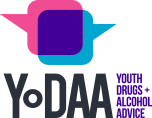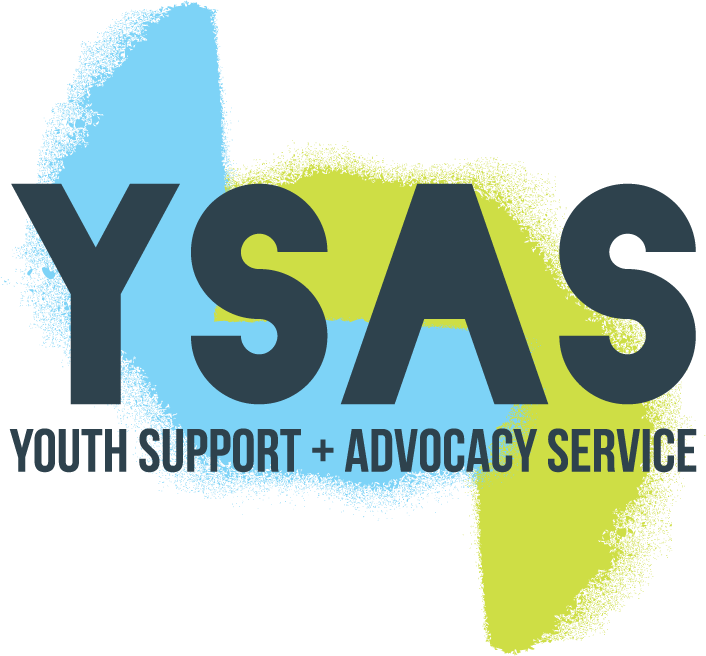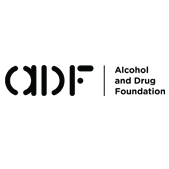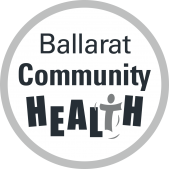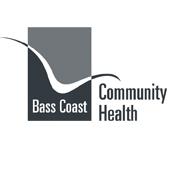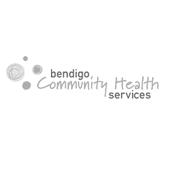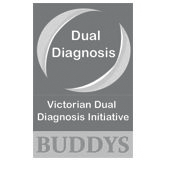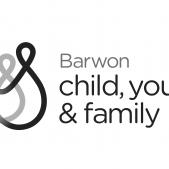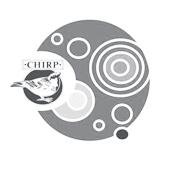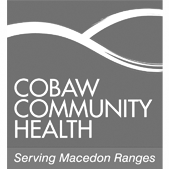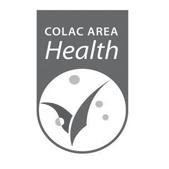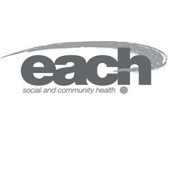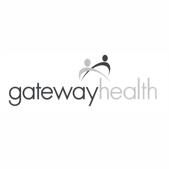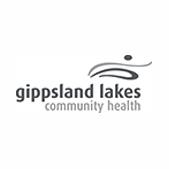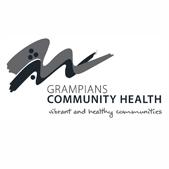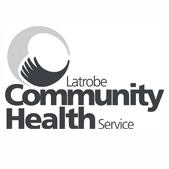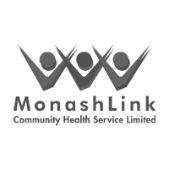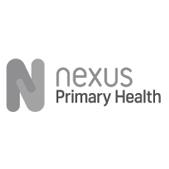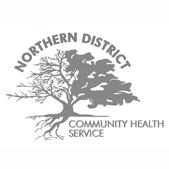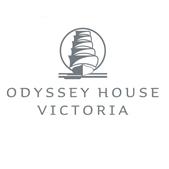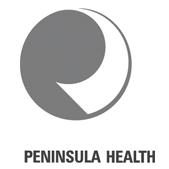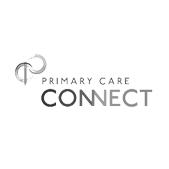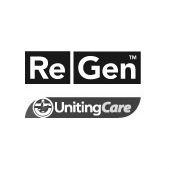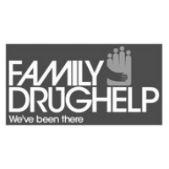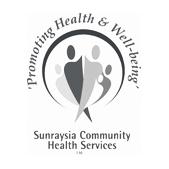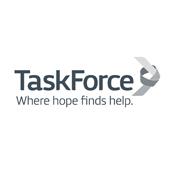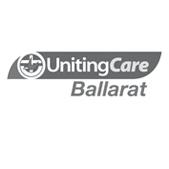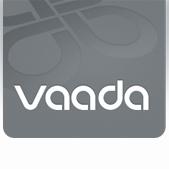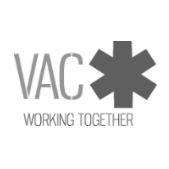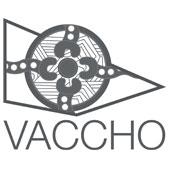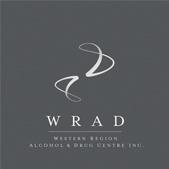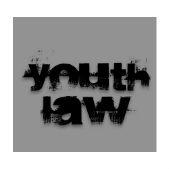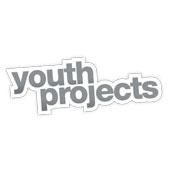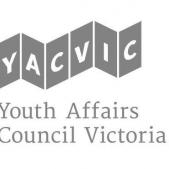Useful Tools
The happiness scale
There are many barriers to young people openly and honestly discussing drug and alcohol related issues. Unfortunately there is still a great deal of stigma surrounding drug issues.
In a school environment fear of punishment or disclosure to families can prevent young people from talking openly to well-being coordinators about their use. In addition, teachers often tell YoDAA how reluctant they themselves are in discussing drug problems with young people due to their lack of confidence in the subject.
If you suspect or know a young person is experiencing drug or alcohol related problems, using the happiness scale can be a non-threatening and effective way of starting conversations about areas of a young person’s life where they may be experiencing problems or alternatively areas of strengths and satisfaction to counter problem areas.
The happiness scale allows a student to see how satisfied they are in different areas of their life and helps to identify whether or not drug use is an area a student wants help addressing.
Download the happiness scale here
The happiness scale doesn’t assume a student is using drugs or alcohol and regardless of what they decide to score for the drug or alcohol use question the result can be used to prompt further discussion. For example:
“You scored pretty low there, is that an area you want to talk about or get help with?”
“You scored a 3 in the drugs area, what would be happening for you to score a 6?”
“You scored a 9 with the drugs area, have you ever been lower? How would you get to 10?
The happiness scale also helps a wellbeing coordinator or teacher understand areas of a young person’s life that warrant the most attention and that a student wants help with.
Read these articles for more ideas about how to engage a reluctant student and finding a way to work on drug issues.
